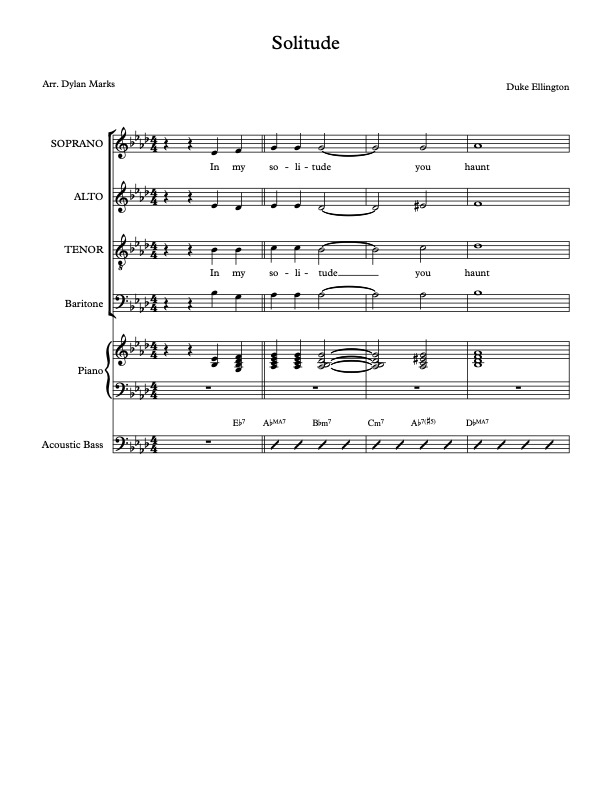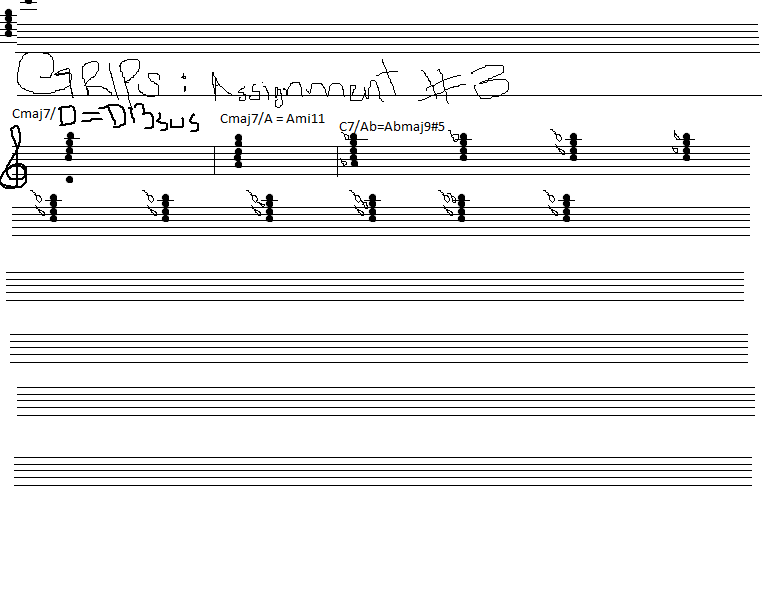Welcome back everyone. Today we will look at the practical use of notation software for transcribing or scoring music.
Programs like Sibelius (and previously Finale) are widely used by many working musician and help provide a professional product to your client, musicians, band, etc. Where hand written charts are an important part of development (in my view) they simply become impractical (in most cases) when compared to the digital alternatives.
At first, plotting out notes can be slow and tiresome. Finally once you’ve made some headway and shut down for the night you realise, you forgot to save and all those hours were for naught. Admittedly, I have done this more than I care to remember. I will say, eventually you will (most likely) save your progress, learn some shortcuts, save your progress, and produce a legible chart. Once you fix the accidentals (watch those enharmonics!) and save again, you’ll have a finished product. Congratulations, you did it! Now the process will be a bit faster and a little less painful. Soon you will find you are working quickly with ease and enjoy the many tools of the programs. The major time saver will be making a score and being able to explode that into charts for each instrument (still check those enharmonics!) it will save you hours (if you remembered to save.)
For example, here is part of a chart I made based on Duke Ellington’s Solitude.

Links 👇
As an added example of the professional calibre notation software provides, here is an example of NOT using the software ⬇️

Sorry, but comments are not enabled on this site.